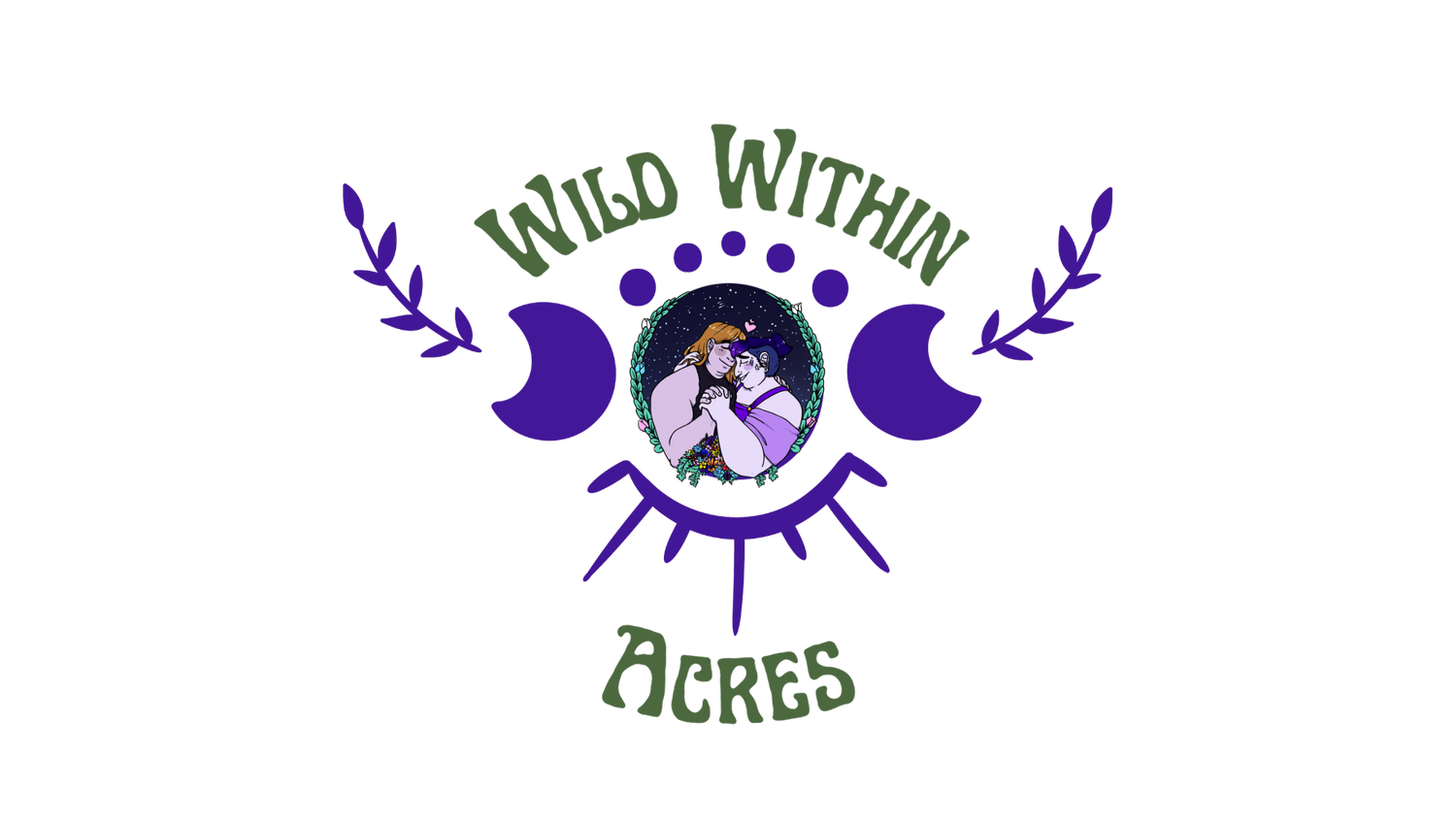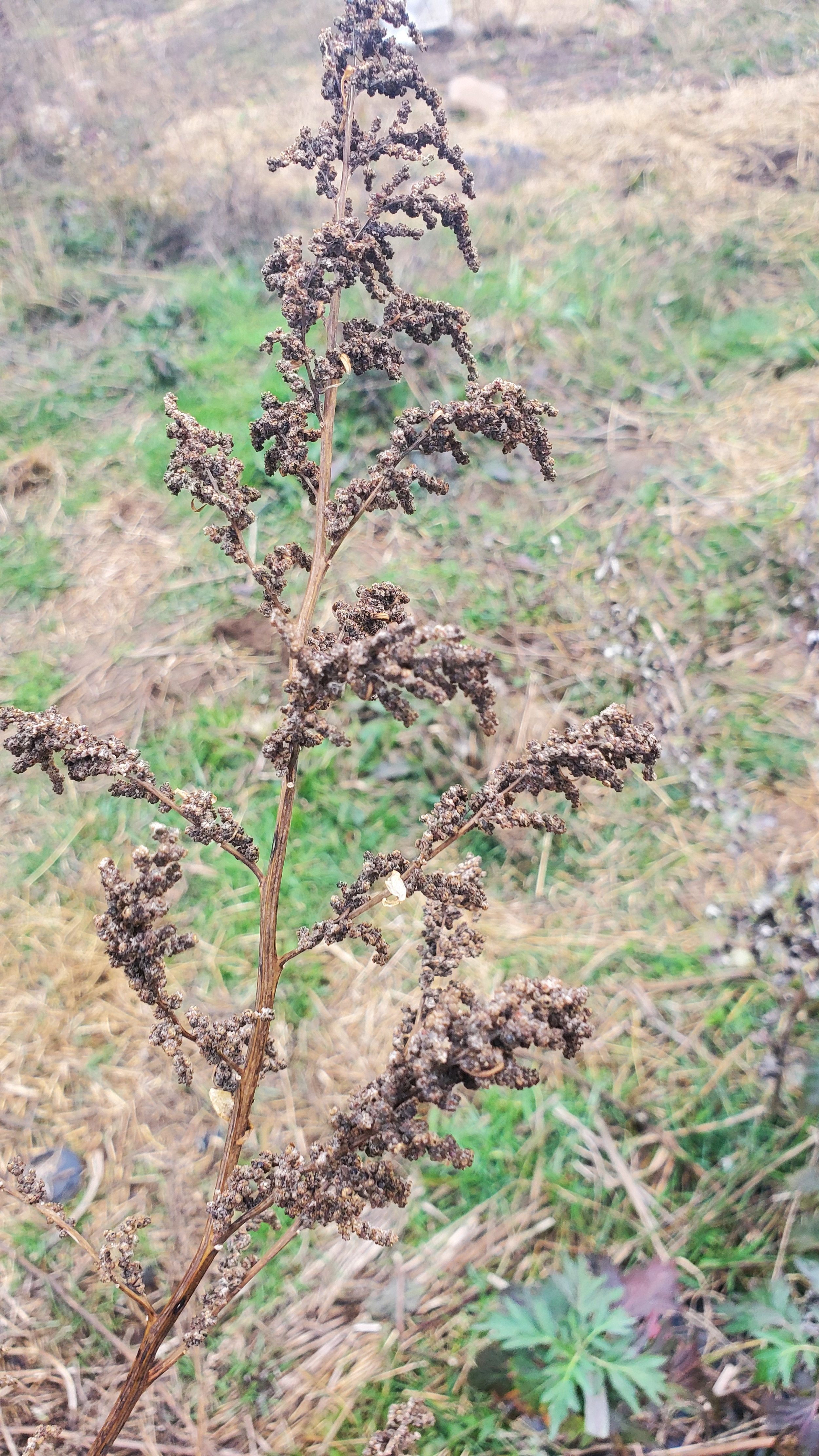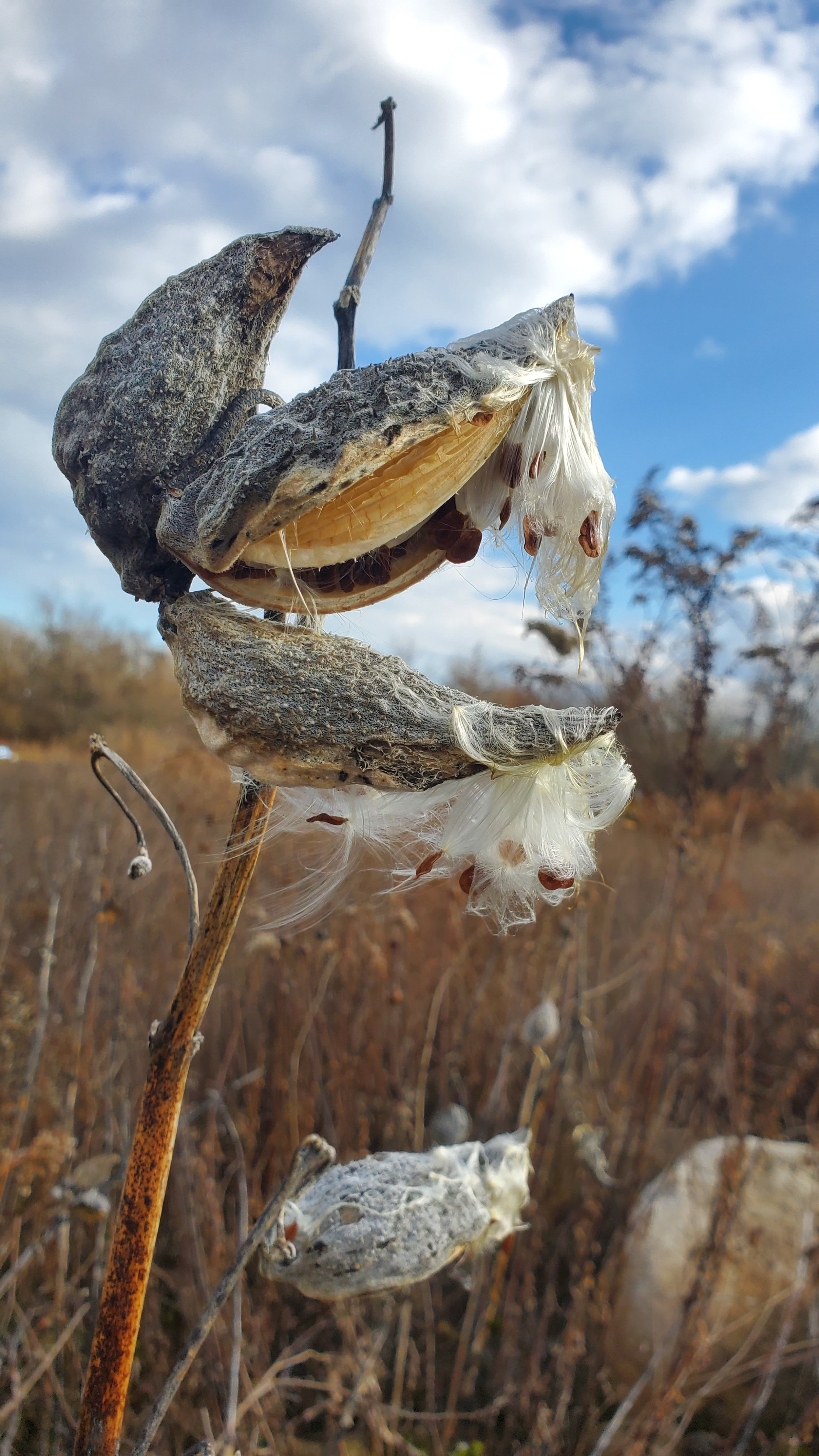Why Propagate Wild-Growing Plants?
Although most conversations about seed saving and plant propagation center commonly used culinary and ornamental plants, I feel as though the time is overdue for expanding these conversations to include a much wider variety of plant friends.
Left to right: Chenopodium album (aka wild spinach, fat hen, lamb’s quarters, and goosefoot), Solidago canadensis (aka Canada goldenrod), Asclepias syriaca (aka common milkweed), all of which grow wild and intentionally at The Wild Within Acres.
Here are a few reasons why it makes sense to collect, save, and sow the seeds of many wild-growing plants… even some you may only think of as weeds!
Many of these “volunteer” plants are ones that grow well in areas with disturbed and/or nutrient-depleted soils or in areas that would otherwise not be well suited for establishing trees or gardens.
Although these plants may not appear in most grocery stores, many are edible and delicious as well as nutrient dense and/or energy dense. Introducing them into areas impacted by food apartheid can help alleviate some of the impact of widespread food insecurity.
Many of these plants also have a plethora of beneficial and medicinal herbal actions.
Even if these are growing wild near you, it can be super convenient to have some of the plants that you forage for growing in known locations. This helps with:
a) being able to harvest your favorite wild foods more efficiently, and without depleting wild-growing populations (especially important for at-risk plants),
b) knowing when wild-growing plants of a particular species are likely ready to be foraged for, and
c) having improved physical accessibility to wild-growing plants.
Many of these plants have beneficial impacts on the more-than-human world, which (depending on the plant in question) can include:
Soil-improving qualities such as nitrogen fixing, erosion prevention, improved tilth/increased organic matter within soil, increased mycelium/fungal activity.
Increased native plant populations (when the plant in question is native to that area).
Support for birds, insects, pollinators, and other members of the ecosystem.
Preserving topsoil health and increasing access to food and medicine are vital (literally, given that the etymology of vital is the Latin vitalis, "of or belonging to life").
As a result, sowing and growing these plants (and spreading information about how to identify and use them) can be incorporated into strategies for building community resilience and mutual aid.
Side note: Seeds are not the only way to propagate plants! Other valuable edible, medicinal, and ecosystem-serving plants can be propagated through methods such as cuttings, layering, and root division. I will likely write about all of those in the future, but in the meantime: please feel free to look up, learn about, and practice these different methods of propagating plants. Learning about plant propagation is a great way to increase plant populations without needing to engage in capitalism to do so!
Another side note: Not all plants that you find growing wild in an area are native to that area, and there are many important reasons to prioritize native plants. And also: not all introduced/non-native plants are invasive, aggressive, or otherwise deleterious to the ecosystem.
As you may be able to guess from that last point: I have a nuanced perspective in the debate regarding the degree to which native plants should be emphasized (or used exclusively) within one’s land stewardship practices. I will likely write about this in a future post as well, but in the meantime, I highly recommend the feature article on “Natives and Exotics, Opportunists and Invasives” that appears on pages 156-160 of the seminal text Edible Forest Gardens: Ecological Vision and Theory for Temperate Climate Permaculture, available in its entirety at Edible_Forest_Gardens_Vol.1-Vision_and_Theory.pdf (uniteddiversity.coop).
I will emphasize that it is important to make extra, double, super sure that you do not introduce or otherwise intentionally encourage any of the prohibited or restricted species within your area. The list for New York State, where The Wild Within Acres is located, is at Part 575 Prohibited and Regulated Species – New York Invasive Species Information (nyis.info).
It would be beyond the scope of this blog (and, tbh, the extent of my knowledge) to provide lists of wild-growing plants that I recommend for intentional propagation that would be suitable to folks in all locations and climates.
However, I can provide a list of some of the plants that I have found growing wild where we are located (western New York State, zone 6B in the recently updated growing zone map) that I have decided to intentionally propagate:
Fat hen (aka wild spinich, lamb’s quarters, and goosefoot),
Amaranth,
Goldenrod,
Milkweed,
Violets,
Raspberries,
Blackberries,
Strawberries,
Wild garlic,
Various willow species….
And I am sure there are many that I either forgot to list or that I haven’t yet found, but will propagate as soon as I do!
While this list may be most directly beneficial to folks in our general vicinity, it may also serve as an inspiration to folks in other areas about just how many medicinal, edible, and/or otherwise beneficial plants there are to be found growing wild that can be readily propagated and encouraged within your areas and communities.
I deeply believe that revolution must be every bit as much focused on creating as it is on dismantling. I also believe that working toward increased food access is an essential aspect of building community resilience in the face of (waves hand at the harms of white supremacist capitalistic destruction that surround us in every direction) all of this.
So, go forth: learn about what beneficial “weedy” plants grow near you, and incorporate some guerrilla propagation into your praxis within your communities!



